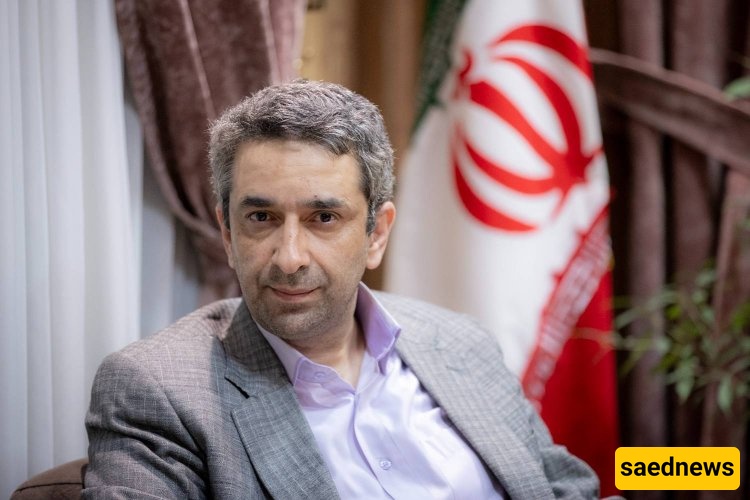SAEDNEWS: Iranian officials confirm that any decision to negotiate with the U.S. follows a structured, multi-stage process, with final approval resting with the Supreme Leader, highlighting the country's internal coordination and strategic consistency.

Seyyed Mehdi Tabatabaei, Deputy of Communications and Information at the Presidential Office, emphasized in an interview that the decision to negotiate is a general principle, officially announced after a comprehensive process under the 14th government. He clarified that any negotiation with the United States would be indirect, fully respecting the country’s principles and rights.
Tabatabaei stressed that considerations of the Supreme National Security Council (SNSC)—as the decision-making body for security, political, and strategic matters—are always taken into account. The head of the council is the President, and its resolutions only gain practical authority after approval from the Supreme Leader. “All major national decisions go through these stages,” he said.
According to Tabatabaei, the negotiation process with the U.S. is still under review, including its form and content. “Even before the recent conflict, the principle of negotiation was accepted, though that decision was not solely made by the government or the President. All the stages I mentioned were completed. Today, whether we negotiate or not, the same procedures are followed. Approval or rejection of negotiations is not solely a government decision, nor is there any pressure from the government in this regard,” he added.
He further noted that at one stage prior to the planned negotiations, the President was in favor of talks, while the Supreme Leader was not. “The President stated that the Supreme Leader’s opinion takes precedence, even if it differs from his own. Over time, conditions changed, and the decision to negotiate also changed, which the President and the government implemented accordingly. The same process applies to any future negotiations,” Tabatabaei explained.
He dismissed media speculation, stating, “I do not concern myself with the noise and controversies created by those outside the primary decision-making authorities. The coordination currently existing within the system, among the branches of government and with the Supreme Leader, is exceptional. This unity was a key factor in navigating the recent U.S. and Israeli aggression.”
Tabatabaei also mentioned that the President’s visit to the United Nations is scheduled for early October, approximately 40 days away. “Given the rapid developments in domestic and diplomatic spheres, any current predictions would be inaccurate. Conditions may change in the coming 40 days, affecting the potential for meetings or negotiations. We are in a state of uncertainty, and no definitive statement can be made about a guaranteed session.”
Reflecting on past diplomatic activity, Tabatabaei noted that last year, the President held an unprecedented number of meetings with foreign heads of state and delegations during his visit to the U.S., surpassing the past 14–15 years. These meetings covered European, Asian, and neighboring countries, as well as international organizations, and could have yielded substantial achievements had subsequent events—including the immediate aftermath in New York and the operation “Wa’d al-Sadiq”—not intervened.

